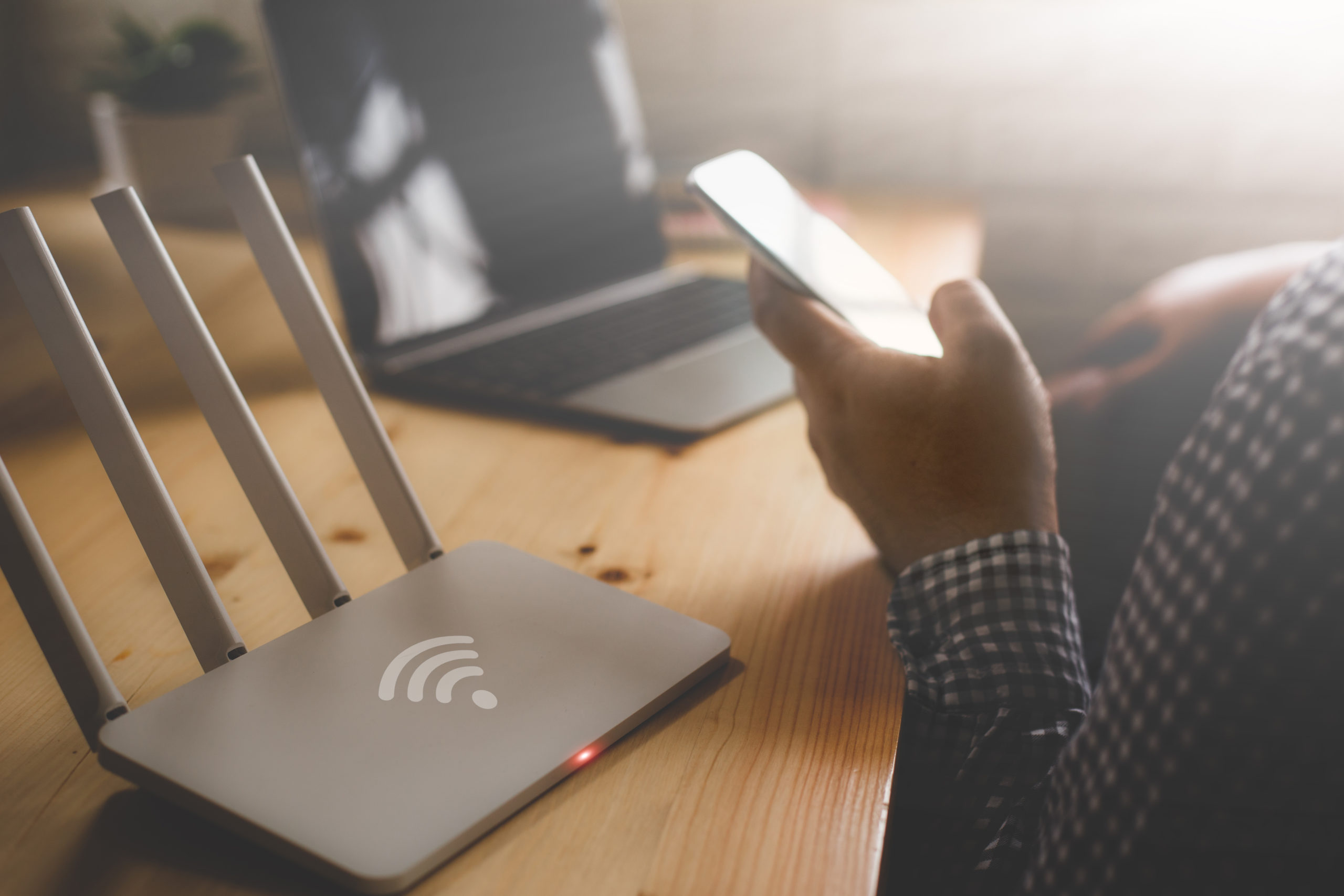Democracy & Technology Blog 5G is Feeling Under the Weather
Originally published at Gilder Press[The following excerpt is from George Gilder’s April 30 column appearing at Gilder’s Daily Prophecy.]
I think 5G wireless — the vaunted next generation of high frequency mobile technology, touted for everything from self-driving cars to the internet of things (IoT) — just caught coronavirus. It’s gasping for breath and petitioning for a ventilator.
Make Way for WiFi6 and Beyond
What with the atmosphere filling up with all this halitosis of politicians as they wheeze and spray phlegmy goops of green mucus from their viral new mania, it’s been hard for me to breathe, let alone keep track of new technology developments.
So, I entirely missed the giant sucking sound of the air being slurped from the sails of the “5G” new-generation hype machine.
I missed the momentous launch last Thursday, April 23 of a real new era in wireless. Chairman Ajit Pai and the Federal Communications Commission (FCC) unanimously voted to add 1.2 gigahertz of new spectrum to the unlicensed bands used by Wi-Fi. That announcement expanded by a factor of five the amount of spectrum available for unlicensed uses.
Sold in FCC auctions, licensed spectrum is the focus of all the attention. It tends to go to the established telcos and to politically nimble smaller businesses. 5G is the latest generation of licensed services.
Unlicensed spectrum is supposed to be reserved for Industrial, Scientific and Medical (ISM) uses such as connections in factories, laboratories, and hospitals that cannot hire a law firm on “K” street every time they want to try a new frequency.
Although Wi-Fi does not exactly fit these categories, the FCC has been permissive and allowed it to become the dominant unlicensed application. Cisco predicts 628 million Wi-Fi hotspots globally by 2023, up from 169 million five years earlier.
Capital and creativity always migrate toward unregulated spaces. I have long predicted that most traffic would end up on Wi-Fi rather than the licensed bands. Cisco estimates that over the next two years, 60% of global mobile traffic will be offloaded to Wi-Fi. Already more than 80% of total data traffic ends on Wi-Fi.
I’ve been writing about WiFi6, which is the new generation of Wi-Fi that expands bandwidth by a factor of four for uses like internet-TV, reducing latency to nearly nothing for gaming virtual reality, increasing the number of channels by something like a factor of 40 for use in offices and malls, and even increases battery life and network efficiency.
With the help of Qualcomm chip design and radio prowess, the Wi-Fi Alliance is now bringing to Wi-Fi three decades of advances in wireless virtuosity. WiFi6 mimics 5G in using the Fourier math magic of Orthogonal Frequency Division Multiple Access (OFDMA) bandwidth and threads, and multiple-user antennae technology (MIMO, or multiple input multiple output). Now the FCC is enlarging the 5 gigahertz band currently used by advanced Wi-Fi with the contiguous 6 gigahertz band for WiFi6E. Thus enhanced, Wi-Fi will deflate the need for millimeter wave and other vaunted 5G technologies.
Wireless operators’ networks would already be unaffordable without Wi-Fi in customers’ homes and offices. More than 80% of mobile traffic comes not through a cell tower but via a Wi-Fi connection.
Today’s Prophecy
Don’t look now, but combined with the steady advance of fiber-to-the-home at an estimated growth rate of 14.4% a year, the FCC’s bold increase in unlicensed spectrum pretty much ends the infatuation with 5G. Fiber to the Home is experiencing innovations in deployability and flexibility that combined with WiFi6 make it a direct rival for 5G in most applications.
There will remain Facebook paranoids who think 5G causes cancer, or infiltrates insidious signals from China into the synapses of their brains. Big telcos such as Verizon and AT&T still find themselves stranded with huge auction winnings of microwave frequencies.
But the future for broadband is the same as it has always been: Fiber to everything and Wi-Fi to your device. The FCC just pretty much guaranteed that ultimate destination.


